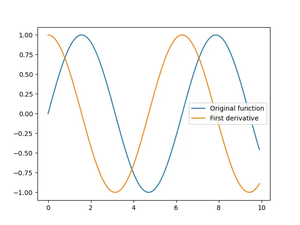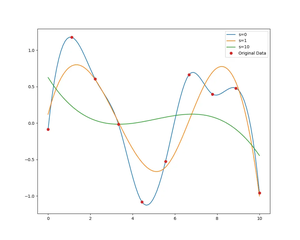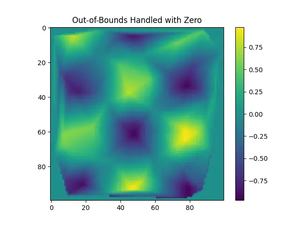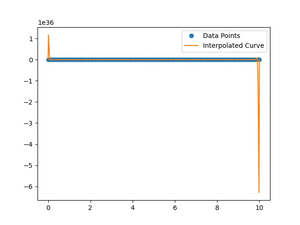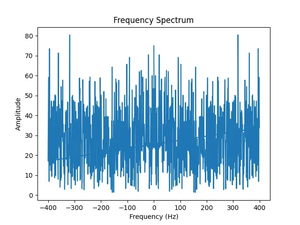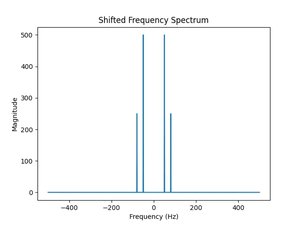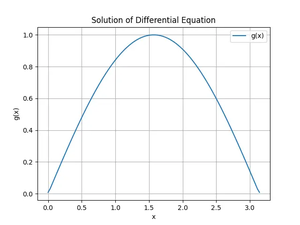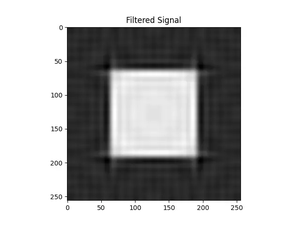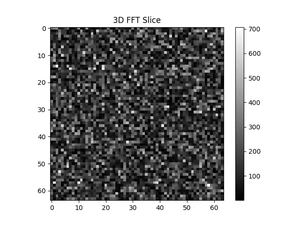NumPy is a fundamental package for scientific computing in Python, providing a powerful array object and tools for working with these arrays. One intriguing aspect of NumPy’s array object, ndarray, is the data attribute. This tutorial dives deep into the data attribute, explaining its usage, significance, and demonstrating its application through three progressively complex examples.
What is the ndarray.data attribute?
The ndarray.data attribute refers to the buffer containing the actual elements of an array. Essentially, it’s a pointer to the data in memory. While handling array operations at a high level, you rarely need to interact with data directly. However, understanding how to use this attribute can be incredibly useful for low-level operations and when interfacing with other libraries requiring direct memory access.
Example 1: Basic Usage of ndarray.data
import numpy as np
# Create a simple numpy array
arr = np.array([1, 2, 3, 4])
print("Array:", arr)
# Accessing the .data attribute
buffer = arr.data
print("Buffer pointer:", buffer)
Outupt:
Array: [1 2 3 4]
Buffer pointer: <memory at 0x000001D0F2745540>In this basic example, we create a simple NumPy array and then access its data attribute. The output shows us a memory buffer object, indicating where the array’s contents are stored in memory. It’s worth noting that while this gives us a reference to the data, we’re not directly manipulating array elements here.
Example 2: Using ndarray.data for Direct Memory Access
import numpy as np
# Create an array of integers
arr = np.array([10, 20, 30, 40])
# Obtain the memory buffer
buffer = arr.data.cast('B')
for i in range(len(arr) * arr.itemsize):
print(buffer[i])
Output:
10
0
0
0
20
0
0
0
30
0
0
0
40
0
0
0This example showcases how to use the data attribute to directly access and read the memory content of an array. After obtaining the buffer pointer, we cast it to a byte (‘B’) array for easier access to individual bytes. The loop prints each byte of the array, demonstrating how data is stored in memory. This method requires careful consideration of the array’s data type and size.
Example 3: Sharing Memory Between NumPy Arrays
import numpy as np
# Create an original array
original = np.array([1, 2, 3, 4], dtype='int32')
# Create a view of the original array with a different shape
view = np.ndarray((2, 2), dtype='int32', buffer=original.data)
print("Original array:\n", original)
print("View shaped (2x2):\n", view)
Output:
Original array:
[1 2 3 4]
View shaped (2x2):
[[1 2]
[3 4]]This more advanced usage of data demonstrates creating a new array view that shares the same data buffer as an original array. This feature is handy for efficient data manipulation without copying data, preserving memory and computational resources. In this example, the original one-dimensional array is reinterpreted as a two-dimensional array, showcasing the flexibility and power of NumPy arrays.
Conclusion
The ndarray.data attribute offers a gateway to directly interacting with the memory representation of array data. While it’s seldomly required for high-level applications, its understanding and judicious application can unlock performance optimizations and unique interfacing capabilities that are invaluable for advanced numerical computing tasks.
